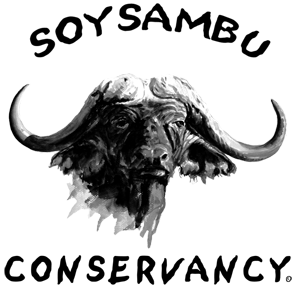The day was well spend by making Kenya Green through a tree planting exercise organized by Lake Elmenteita Serena Camp in collaboration with Soysambu Conservancy, Echariria primary, Kiboko Primary and Kasambara youths. One thousand trees were planted within Serena Camp at the shores of Lake Elmenteita as part of Agha khan Trust Fund activities.
Thanks team for being part of us during this day as we celebrate and appreciate Nature for what it is to us. Don’t be weary in conserving our Environment.
Shared from;
Community Education and Awareness Desk.






















